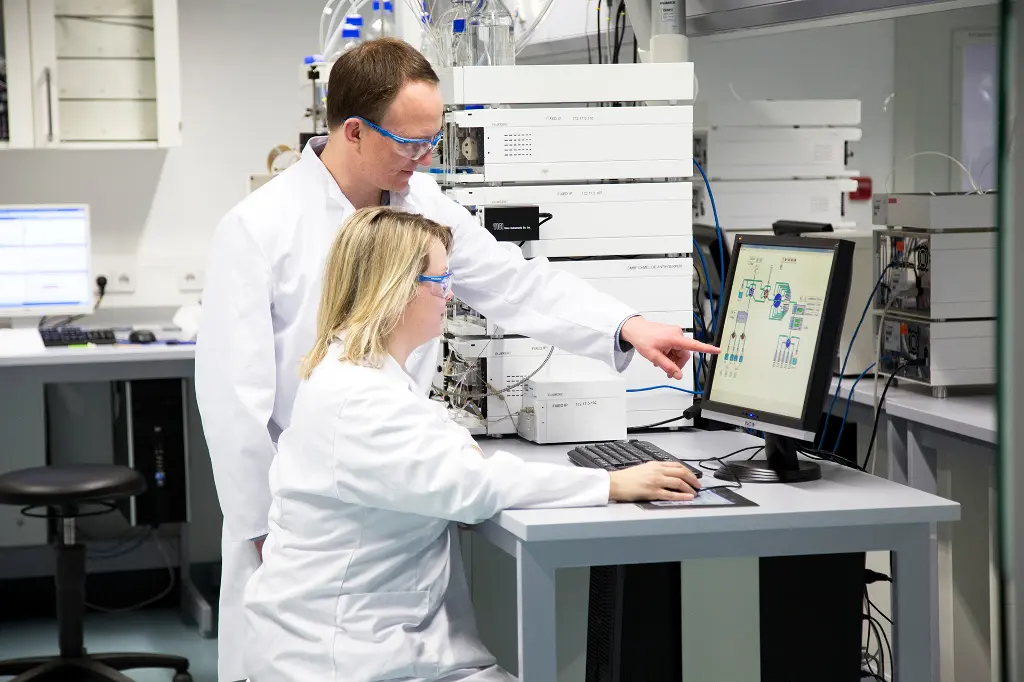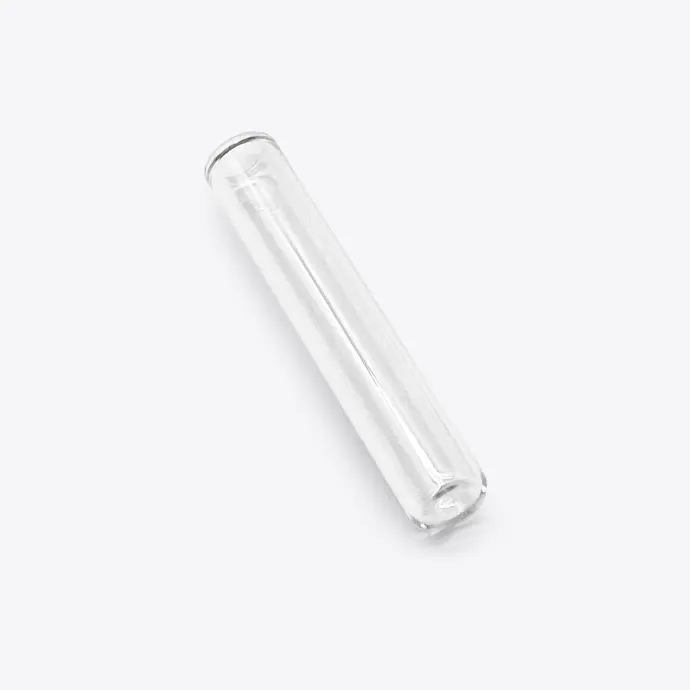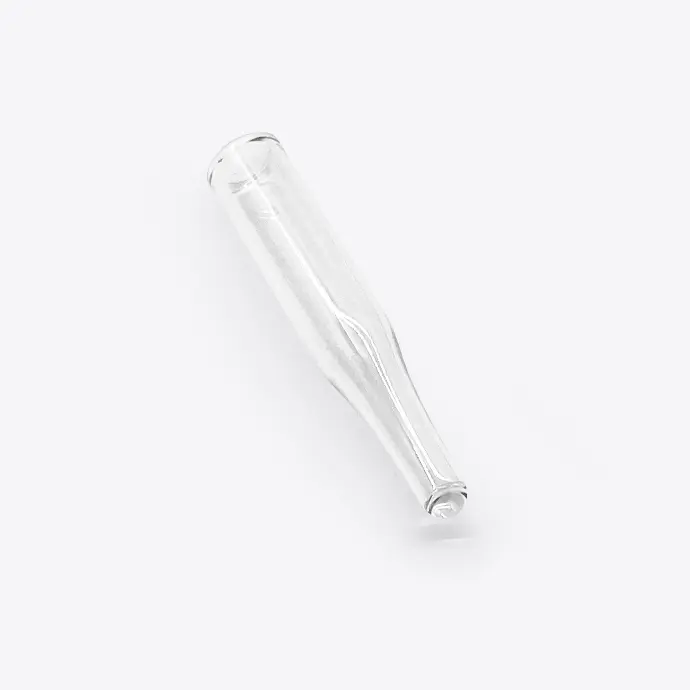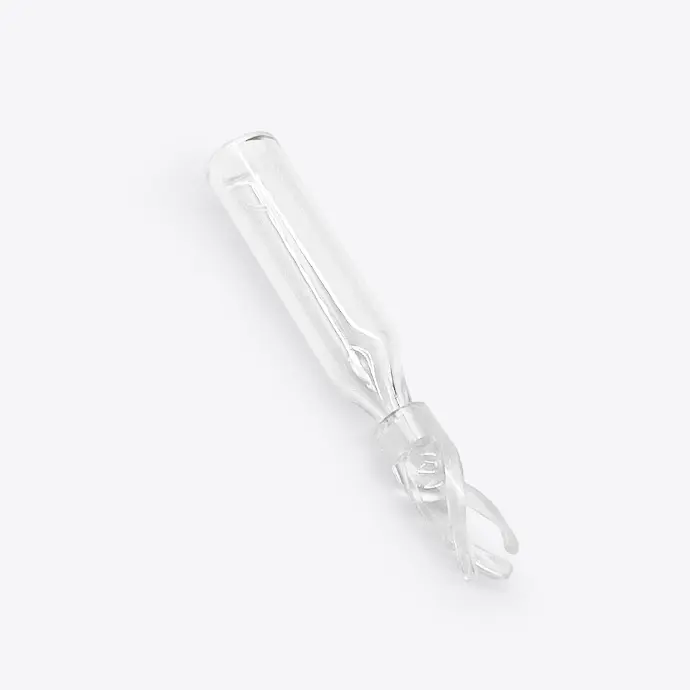Why Micro Inserts Are Essential for Precision in HPLC Analysis
In the world of high-precision science, sometimes the smallest details make the biggest difference. Micro inserts—tiny components placed inside HPLC vials—play a surprising role in improving accuracy and reducing sample waste. These inserts make it possible to measure ultra-small samples with precision.
If you want to take your HPLC analysis up a notch, micro inserts might be the upgrade you didn’t know you needed.
What are Micro Inserts and Why do they Matter?
Micro inserts might seem minor, but in HPLC, they’re a game changer. These small, often overlooked components fit inside standard 1.5 mL HPLC vials to reduce their effective volume, making it easier to work with tiny sample sizes without sacrificing accuracy.
Why does this matter? With micro inserts, labs can achieve more consistent results when analyzing small sample amounts—perfect for applications like drug testing, environmental monitoring, and food safety, where every microliter counts. By concentrating the sample, micro inserts help maximize sensitivity and recovery, which can mean the difference between a clear result and a missed trace compound.
In short, micro inserts make high-precision work more efficient, reliable, and cost-effective.
Advantages of Micro Inserts in HPLC Applications
Micro inserts might be small, but their impact on HPLC analysis is substantial. Here are five main ways they elevate precision and efficiency:
- Minimizing Sample Volume: Micro inserts are perfect for handling tiny sample volumes, often in the low microliter range. This is especially valuable for limited or precious samples, ensuring each drop contributes meaningfully to the chromatogram. By reducing waste, micro inserts allow rare materials to be analyzed with minimal loss.
- Preventing Sample Evaporation: Small sample volumes can easily evaporate, but micro inserts act as a barrier, helping to retain volatile components. This protection keeps the sample intact, allowing the analysis to reflect the true composition of the original material.
- Increasing Accuracy and Sensitivity: Micro inserts are essential for enhancing accuracy and sensitivity in HPLC. Their design allows the entire sample to be efficiently transferred into the chromatographic system, resulting in sharper peaks and a higher signal-to-noise ratio—crucial for reliable, reproducible results, especially with trace-level analytes.
- Reducing Carry-Over: Carry-over, or residual contamination from previous samples, is a common issue in chromatography. Micro inserts limit this risk of sample-to-sample carryover by containing the sample in a compact space, reducing the chance of contamination and ensuring each analysis yields clean, accurate results.
- Enhancing Autosampler Compatibility: Micro inserts are designed for smooth integration with autosampler systems, making them an excellent choice for automated workflows. This compatibility speeds up analysis and reduces the potential for human error, boosting efficiency for high-throughput labs.

Photo by KNAUER
Micro inserts substantially improve HPLC workflows with these advantages, from handling limited samples to supporting automated systems for more reliable, high-precision results.
Choosing the Right Insert: Glass vs. Plastic
Selecting the right micro insert for your HPLC setup can make a big difference in performance and cost-efficiency. Here’s a quick guide to the key considerations:
- Glass Inserts: Ideal for reactive or organic solvents, glass inserts maintain sample integrity and prevent contamination, making them perfect for sensitive analyses.
- Plastic Inserts: A budget-friendly option, plastic inserts work well with less reactive samples and are durable, though they may degrade with certain solvents.
Types of Micro Inserts and When to Use Each
Micro inserts come in various designs to suit different HPLC needs:
- Flat Bottom Inserts: Great for general-purpose use, these inserts maximize sample recovery and are compatible with most autosamplers.
- Conical Inserts: With a tapered shape, conical inserts concentrate small sample volumes at the bottom, ideal for ultra-low volume analyses where every microliter counts.
- Spring-Fitted Inserts: Equipped with a spring to hold the insert securely, these are perfect for automated systems, preventing movement during analysis for reliable, consistent results.
Fig. 1–3
Flat Bottom Insert (left), Conical Insert
(center), Spring-fitted Insert (right)
Photos by KNAUER
Choosing the right insert type can optimize sample
recovery and improve accuracy, especially for labs handling low-volume samples
or using automated workflows.
Real-Life Applications: Where every microliter counts
Micro inserts are essential in fields that rely on precise, trace-level analysis, helping labs achieve reliable results even with small sample volumes. Here’s where they make the biggest impact:
- Pharmaceutical Testing: Micro inserts allow for accurate measurements in drug testing and impurity analysis, where exact concentrations are critical.
- Environmental Monitoring: Detecting trace pollutants requires precision, and micro inserts help ensure reliable readings with minimal sample waste.
- Forensic and Toxicology Labs: With limited sample availability in forensic cases, micro inserts enable efficient, accurate testing of tiny biological samples.
In these fields, where every microliter truly matters, micro inserts are a small but powerful tool for achieving high-quality results.
Micro Inserts in the Sustainable Lab: Small Changes, Big Impact
In today’s labs, even small changes can contribute to sustainability, and micro inserts are a great example. By enabling precise analysis with minimal sample volumes, these inserts reduce the need for excess reagents and limit waste. This is especially beneficial for labs focused on green practices or working with limited resources.
Looking ahead, micro inserts made from recyclable or biodegradable materials could offer even more eco-friendly options. For now, adopting micro inserts is a simple, effective way to improve both efficiency and environmental impact in HPLC workflows.

Photo by unsplash.com
Precision at the Micro-Level
Micro inserts may be small, but their benefits in HPLC analysis are substantial. From boosting accuracy and minimizing waste to ensuring compatibility with automated systems, they bring precision and efficiency to every drop of sample. By choosing the right inserts and handling them properly, labs can optimize their workflows and support sustainable practices, all while achieving high-quality, reliable results.
In the end, micro inserts prove that sometimes, the smallest details make the biggest difference.
If you want to optimize your HPLC workflow, check out our brand-new KNAUER originals HPLC Vial Inserts
For further information on this topic, don't hesitate to get in touch with our author: Dr. Jakob Große-Leppkes




